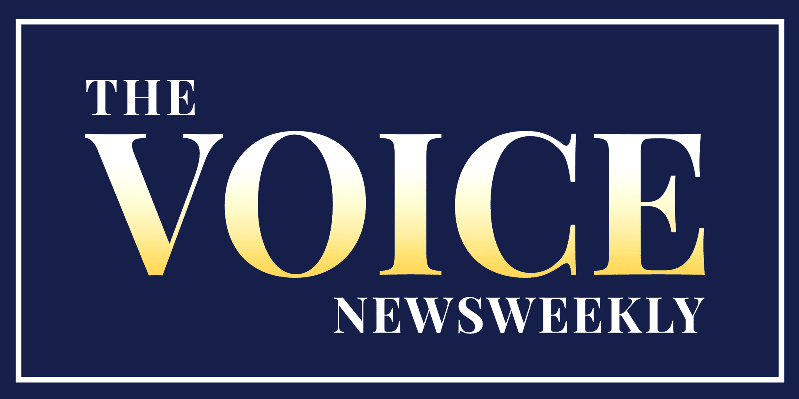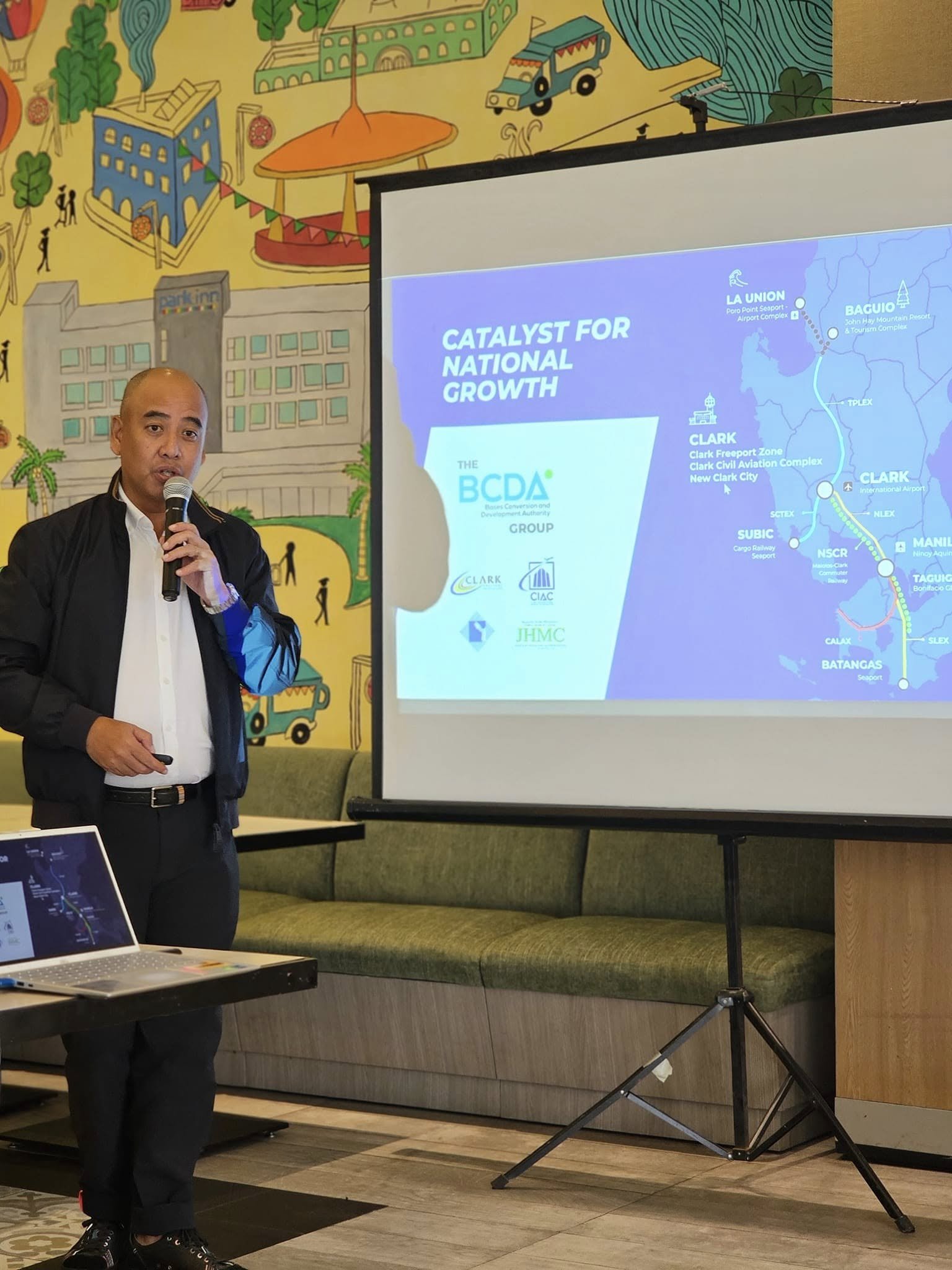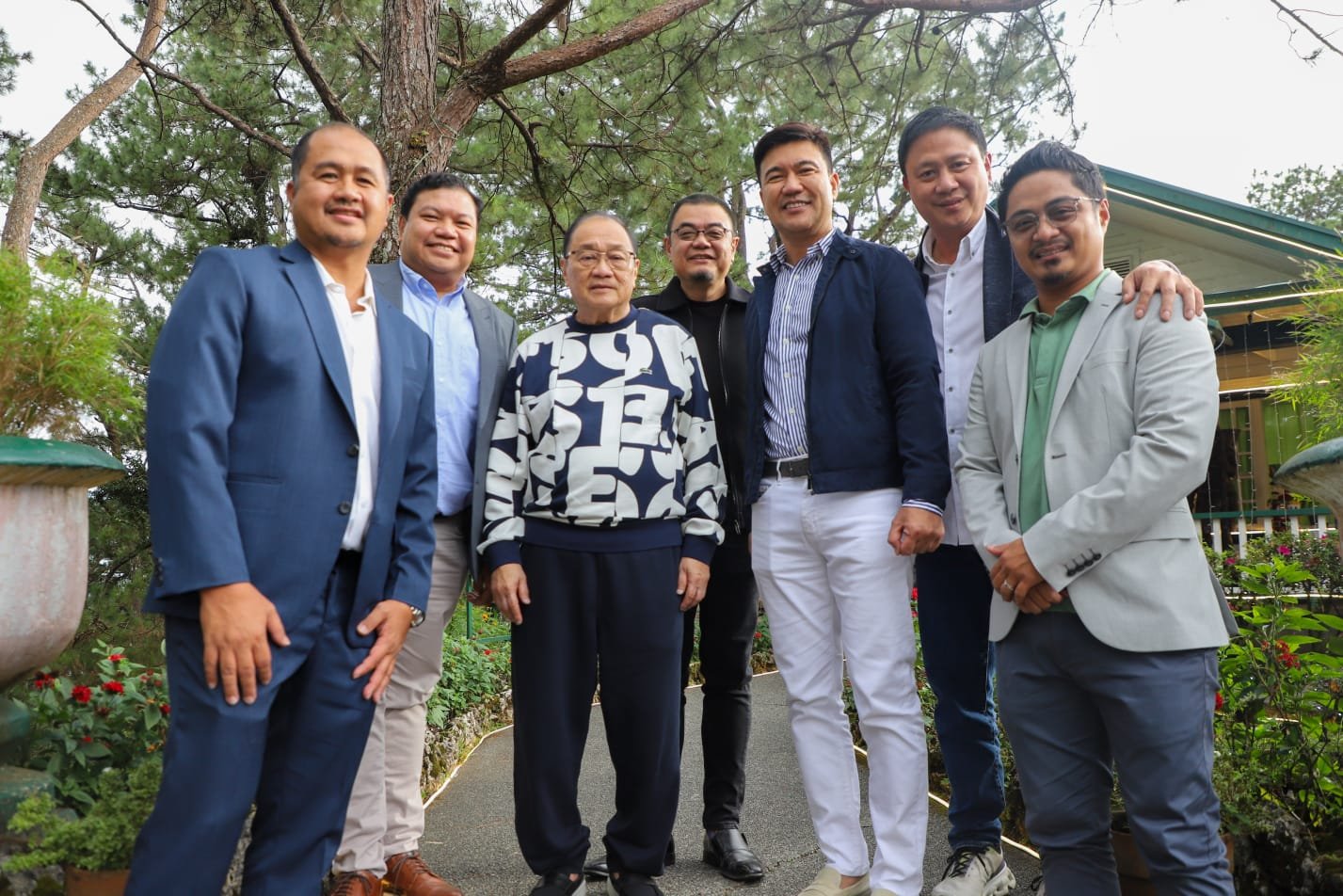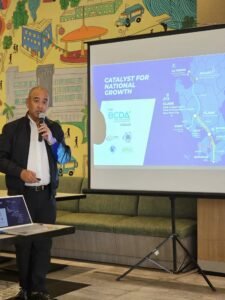National Commission on Indigenous Peoples (NCIP) called on national government agencies (NGAs) and local government units (LGUs) to expand their programs and projects geared towards assisting indigenous communities in Central Luzon.

NCIP Regional Director Roland Calde underscored that the biggest challenge faced by indigenous peoples (IPs) in the region is the protection of their ancestral domains.
“The struggle is the interference of their ancestral domains. There are those who are robbing their lands without their consent…We have to focus in aiding them in delineation and titling of their lands,” he said.
He shared that IPs are struggling with the lack of sources of livelihood, and access to education which are two factors to consider in crafting plans for them.
With this, Calde highlighted the importance of unity between NGAs and LGUs in responding to the grievances and struggles of IPs as the country celebrates IP Month this October.
“We are celebrating this month for us to look back on the journey of our indigenous peoples and advocate for the recognition, respect, and self-governance they have long been fighting for,” he said.
The event coincides with the 24th anniversary of Republic Act 8371 otherwise known as Indigenous Peoples’ Rights Act of 1997, making the Philippines the only country in the world to have a law recognizing the rights of the indigenous groups.
For the celebration, NCIP has partnered with Philippine National Police in conducting medical missions among indigenous communities in the provinces of Tarlac and Nueva Ecija.
Calde added that they are also working with the Asia Society for Social Improvement and Sustainable Transformation for the distribution of solar lamps to far-flung ancestral domains in the region.
The agency is also conducting various webinars anchored in this year’s theme, “The Journey of Indigenous Peoples for Genuine Recognition, Respect, and Self Governance”, which can be streamed through their Facebook page at NCIP Region 3.
Records from NCIP showed that Central Luzon is home to about 216,000 indigenous peoples from different indigenous groups.
These include the tribes of Alta, Ilongot, Agta, and Dumagat in Aurora; Aeta Magbukún and Aeta Ambala in Bataan; the Dumagats in Bulacan; Kalanguya, Dumagat, and migrants including Bago, Kankana-ey, and Ibaloi in Nueva Ecija; Aeta Mag-indi at Aeta Mag-antsi in Pampanga; Abeleng and Aeta Mag-antsi in Tarlac; and Aeta Zambal, Ayta Ambala, and Abeleng in Zambales. (PIA 3)










